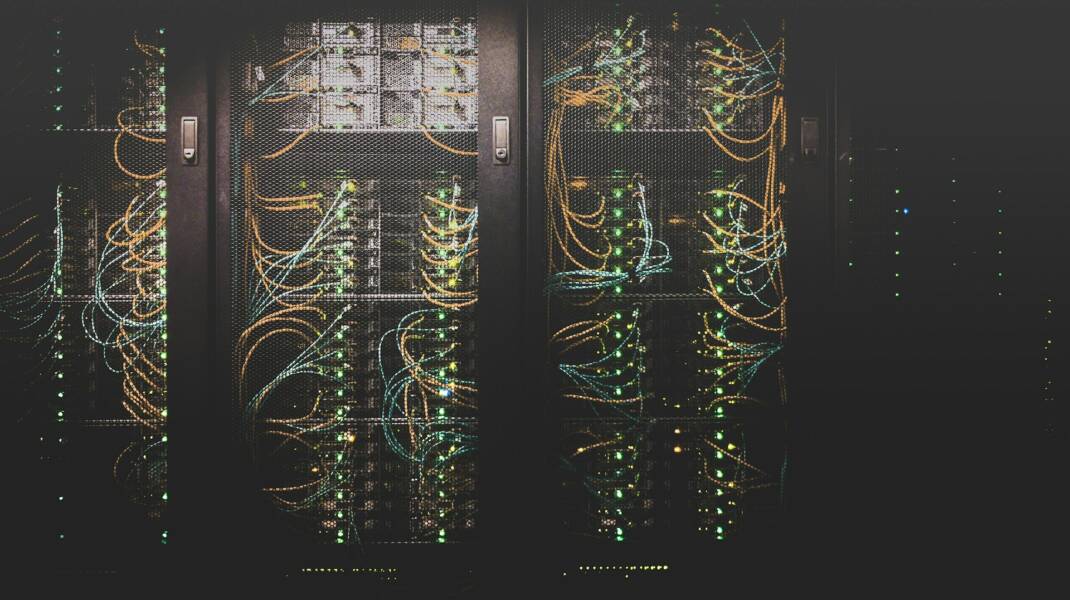An extended power outage can spell disaster for a business. Data loss, equipment damage, and lost productivity are just a few of the potential consequences. That is where enterprise-grade uninterruptible power supply (UPS) systems can save the day—and your business. These powerful backup systems keep everything running smoothly during electrical hiccups. Let us break down the key components that work together to provide reliable, uninterrupted power for your operations.

What Is an Enterprise UPS?
Unlike smaller backup devices that power a single computer or modem, enterprise UPS systems are designed for critical infrastructure, such as data centers or hospital equipment. These systems require much more power and often need to support multiple devices or servers. Enterprise systems also have advanced features like remote monitoring and redundancy to ensure high levels of availability.
Now, let us take a look at the inner workings of the system:
1. The Battery
At the core of any UPS system is the battery. In an enterprise UPS, you will typically find lithium-ion or large sealed lead-acid (SLA) battery banks, such as the APC RBC battery cartridge. These batteries store energy and release it when the main power source fails. These batteries are not your average AA cells—they are designed for high-capacity energy storage and long-term reliability.
Batteries in enterprise UPS systems can keep operations running anywhere from a few minutes to several hours, depending on the size of the battery and the load (how much equipment is plugged in.) The more devices are connected, the faster the battery drains. To ensure the system performs when it is needed most, regular battery maintenance and timely replacement are essential.
2. The Rectifier
When power enters the UPS system from the electrical grid, it does not go directly into the batteries. Instead, it first passes through a component called a rectifier. The rectifier’s main function is to convert AC (the kind of electricity supplied by most utility companies) into DC (the form of power that batteries can store and use.) This conversion happens continuously while the UPS is connected to power.
An easy way to understand it is to think of the rectifier as a special funnel that fills a container: the stream of electricity from the grid needs to be reshaped before it fits into the battery. The rectifier does just that, ensuring the batteries are always properly charged and ready to provide backup power when needed.
3. The Inverter
When the power goes out, the UPS batteries immediately kick in to keep your systems running. But, as we now know, most electronics run on AC, and batteries store energy as DC. So, the UPS system has to use an inverter to flip that DC power back into usable AC—rather like a reverse rectifier.
A high-quality inverter ensures that your equipment receives clean, stable, and continuous power without any noticeable interruption. This is critical because any fluctuation, delay, or surge can damage sensitive electronics. In fact, many enterprise UPS systems operate in “online mode,” where the inverter is always active, so power delivery remains consistent even during a switchover.
4. Static Bypass Switch
If something goes wrong inside the UPS—for instance, a component overheats—the system includes a static bypass switch. This switch allows utility power to bypass the UPS and go directly to your equipment, so operations can continue without interruption while the UPS system is repaired or rebooted. Think of it like traffic being rerouted while construction workers fix a part of a broken highway.
5. Surge Protection and Filters
Enterprise UPS systems also guard against “dirty power”: power surges, voltage spikes, and electrical noise that can harm sensitive electronics. These systems include built-in filters and surge protection components that make sure your servers or critical equipment only receive safe electricity.
6. Monitoring & Management Systems
Enterprise UPS setups often come equipped with advanced tools that allow IT teams to keep a close eye on the system’s performance. These tools can send alerts when a battery is running low and track important metrics like voltage levels and load percentages. Some systems even offer automatic safe shutdown features for connected devices, ensuring that no data is lost and no equipment is damaged when the battery nears depletion.
7. Cooling & Ventilation
UPS systems generate heat, especially when they are under heavy load. That is why enterprise-grade UPS units often include built-in fans and internal cooling ducts to regulate temperature. In larger installations, these systems are typically placed in climate-controlled rooms to ensure optimal operating conditions. Proper airflow and temperature control are crucial for maintaining performance and preventing battery damage.
8. Scalable Architecture
Since enterprise UPS systems are built to grow with your business, many come with modular designs, so you can add more battery packs or power modules as your needs increase. Businesses can avoid having to invest a large upfront sum while still having the option to expand their capabilities later.
Summary
Inside the big black box of a UPS system is a finely-tuned combination of batteries, converters, inverters, and safety systems, all working together to deliver reliable, instant power during emergencies. Whether you are running a small server room or a massive data center, understanding how an enterprise UPS system works and how to keep it running smoothly can help you cope with any power issues without stress.
TechnologyHQ is a platform about business insights, tech, 4IR, digital transformation, AI, Blockchain, Cybersecurity, and social media for businesses.
We manage social media groups with more than 200,000 members with almost 100% engagement.









































